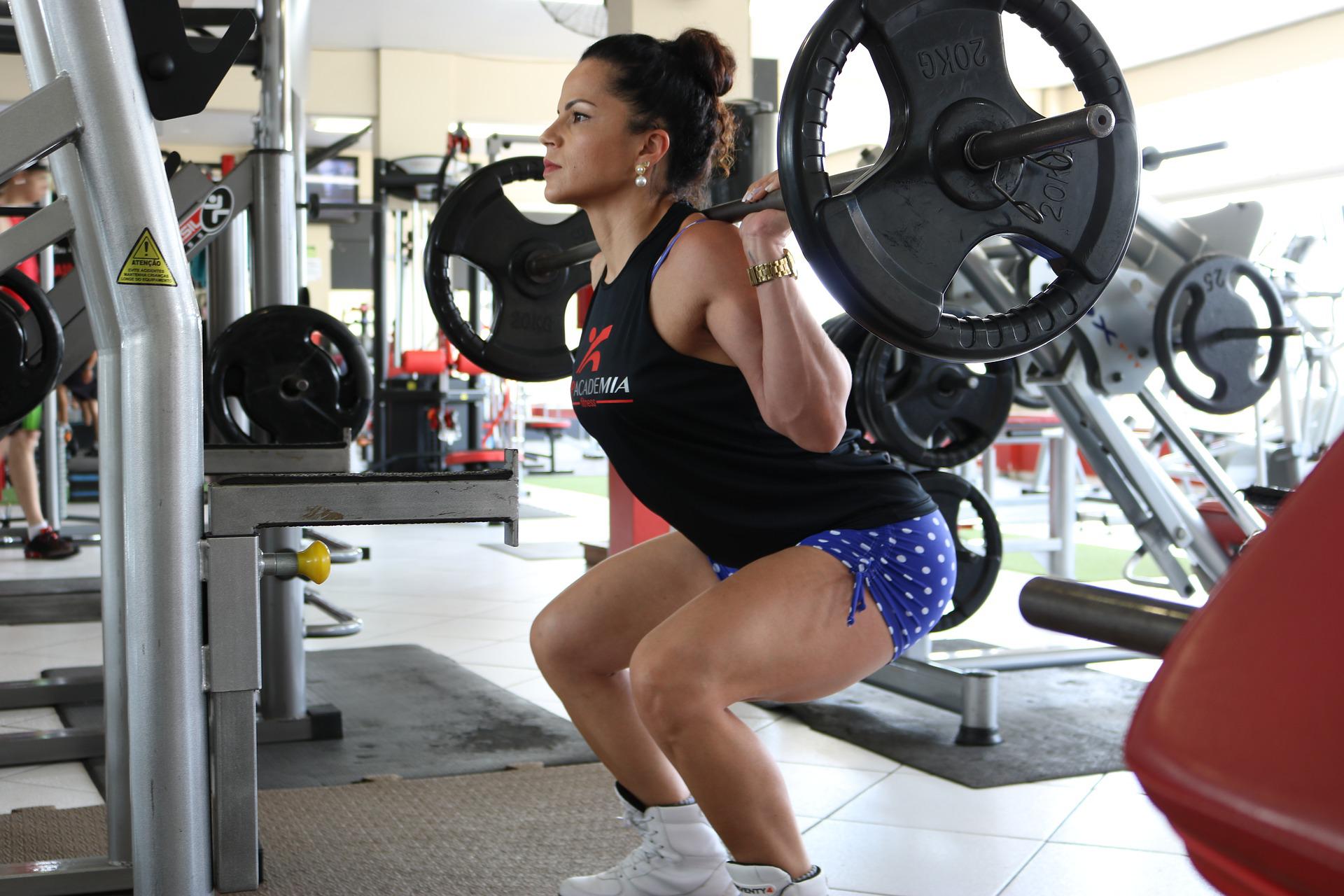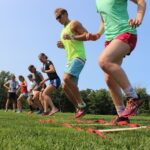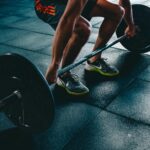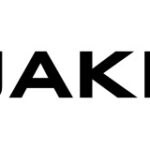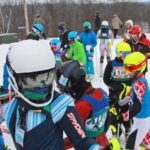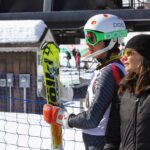I suppose it goes without saying (though I’m saying it anyway) that what you do during the prep period that has just begun will largely determine how your 2022-23 race season goes. What you do related to your ski racing in the spring, summer, and fall will either make or break whether you achieve your ski racing goals next season. There are three areas in which you must focus to maximize your preparation.
First, commit to an intensive physical conditioning program. Ski racing has become a sport of “beef,” meaning you need muscle, strength, power, and explosiveness (plus, of course, stamina, agility and mobility). The only way to develop these areas is with an organized fitness program that may involve weight training, plyometrics, speed work, and stretching. A comprehensive and consistent conditioning regimen that builds on your strengths and alleviates your weaknesses will ensure that you are physically capable of skiing fast next season.
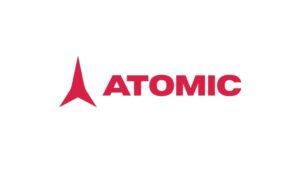 Second, most highly committed ski racers spend at least part of the summer and fall on-snow. Summer and fall skiing is essential for your technical and tactical development because the simple reality of ski racing is that you need a lot of repetitions to ingrain good technical and tactical habits. Prep-period on-snow training enables you to focus exclusively on improvements in your skiing fundamentals without the pressures of getting ready for races. It also enables you to further develop the nuances of fast skiing including line, turn initiation, turn shape, and transition between turns. As race season approaches in the fall, on-snow training then provides the opportunity to take the technical and tactical improvements you’ve made and transfer them into fast skiing. On-snow training also enables you to test and adapt to new equipment and dial in your set-up for the different events Note: my motto is: “If it ain’t broke, don’t fix it,” meaning if your equipment works for you, don’t mess with it. Testing distracts you from your on-snow training and can cause you to question which equipment is best for you.
Second, most highly committed ski racers spend at least part of the summer and fall on-snow. Summer and fall skiing is essential for your technical and tactical development because the simple reality of ski racing is that you need a lot of repetitions to ingrain good technical and tactical habits. Prep-period on-snow training enables you to focus exclusively on improvements in your skiing fundamentals without the pressures of getting ready for races. It also enables you to further develop the nuances of fast skiing including line, turn initiation, turn shape, and transition between turns. As race season approaches in the fall, on-snow training then provides the opportunity to take the technical and tactical improvements you’ve made and transfer them into fast skiing. On-snow training also enables you to test and adapt to new equipment and dial in your set-up for the different events Note: my motto is: “If it ain’t broke, don’t fix it,” meaning if your equipment works for you, don’t mess with it. Testing distracts you from your on-snow training and can cause you to question which equipment is best for you.
Finally, and just as importantly, the prep period is the best time to engage in mental training. Think of it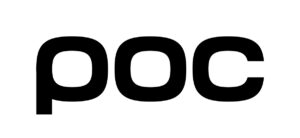 this way. You don’t wait till November to work on your physical conditioning. Why would you wait till then (or even later) to train your mind? Just like physical conditioning and on-snow training, mental aspects of ski racing (e.g., confidence, intensity, and focus) take time and effort to develop. An organized program of mental training can have huge benefits when you enter the new race season. More on mental training upcoming articles.
this way. You don’t wait till November to work on your physical conditioning. Why would you wait till then (or even later) to train your mind? Just like physical conditioning and on-snow training, mental aspects of ski racing (e.g., confidence, intensity, and focus) take time and effort to develop. An organized program of mental training can have huge benefits when you enter the new race season. More on mental training upcoming articles.
Getting Going
Getting going for next season starts with that first step of deciding how important ski racing is to you. Here are some questions to ask yourself:
- How big are your ski racing goals for next season?
- How hard are your competitors going to be working during the prep period?
- How badly do you want it?!?!
As with most things in life, whatever you put into your ski racing is what you will get out of it. So, if you have big goals for next season, now is the time to do the hard work in every area that will impact your skiing when race season arrives. The key to achieving your goals next winter is to start now! Talk is cheap. It’s easy to say you want to be a great ski racer; it’s an entirely different thing to actually do the work necessary. The only chance you will have is to commit to intensive off-season physical, on-snow, and mental training programs. Your goal when you get in the starting gate of your first race next season is to be able to say: “I’m as prepared as I can be to ski my fastest.” And, with all of that hard work in the off-season that you “deposited in the ski-racing bank,” the chances are you will be successful and reach your goals.

